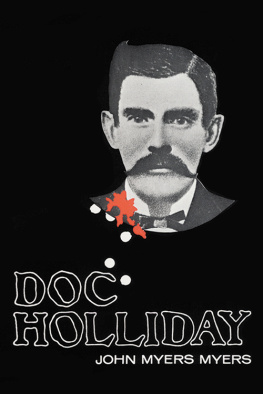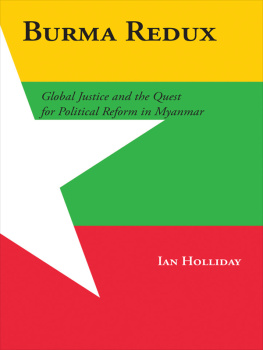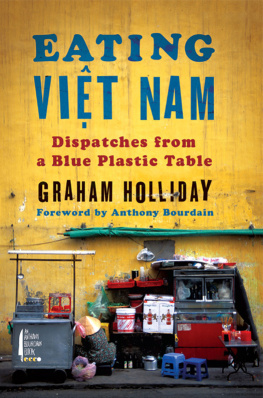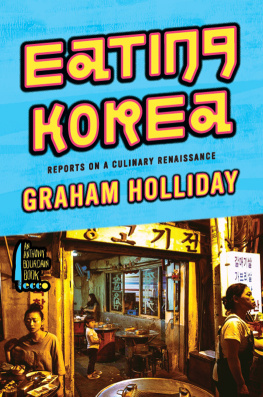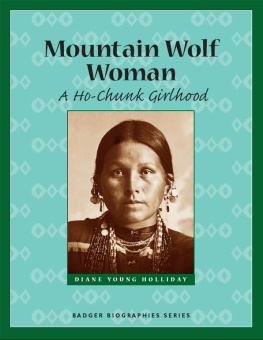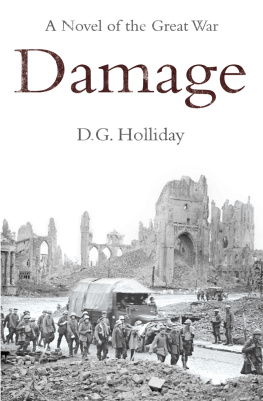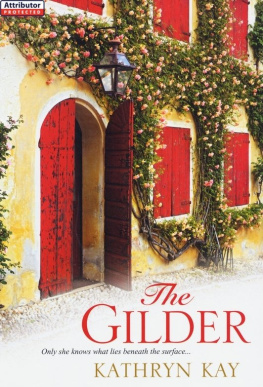Kathryn Holliday - The Open-Ended City
Here you can read online Kathryn Holliday - The Open-Ended City full text of the book (entire story) in english for free. Download pdf and epub, get meaning, cover and reviews about this ebook. year: 2019, publisher: University of Texas Press, genre: Politics. Description of the work, (preface) as well as reviews are available. Best literature library LitArk.com created for fans of good reading and offers a wide selection of genres:
Romance novel
Science fiction
Adventure
Detective
Science
History
Home and family
Prose
Art
Politics
Computer
Non-fiction
Religion
Business
Children
Humor
Choose a favorite category and find really read worthwhile books. Enjoy immersion in the world of imagination, feel the emotions of the characters or learn something new for yourself, make an fascinating discovery.

- Book:The Open-Ended City
- Author:
- Publisher:University of Texas Press
- Genre:
- Year:2019
- Rating:4 / 5
- Favourites:Add to favourites
- Your mark:
- 80
- 1
- 2
- 3
- 4
- 5
The Open-Ended City: summary, description and annotation
We offer to read an annotation, description, summary or preface (depends on what the author of the book "The Open-Ended City" wrote himself). If you haven't found the necessary information about the book — write in the comments, we will try to find it.
The Open-Ended City — read online for free the complete book (whole text) full work
Below is the text of the book, divided by pages. System saving the place of the last page read, allows you to conveniently read the book "The Open-Ended City" online for free, without having to search again every time where you left off. Put a bookmark, and you can go to the page where you finished reading at any time.
Font size:
Interval:
Bookmark:

David Dillon at the Nasher Sculpture Center.
Photograph by Tadd Myers, www.taddmyers.com.
Roger Fullington Series in Architecture
University of Texas Press
The David Dillon Center for Texas Architecture
University of Texas at Arlington
THE OPEN-ENDED CITY
David Dillon on Texas Architecture
Edited by
Kathryn E. Holliday

UNIVERSITY OF TEXAS PRESS
AUSTIN
Publication of this book was made possible in part by support from Roger Fullington and a challenge grant from the National Endowment for the Humanities.
Copyright 2019 by the University of Texas Press
All rights reserved
First edition, 2019
Requests for permission to reproduce material from this work should be sent to:
Permissions
University of Texas Press
P.O. Box 7819
Austin, TX 78713-7819
utpress.utexas.edu/rp-form
LIBRARY OF CONGRESS CATALOGING-IN-PUBLICATION DATA
Names: Dillon, David, 19412010, author. | Holliday, Kathryn E., editor.
Title: The open-ended city : David Dillon on Texas architecture / edited by Kathryn E. Holliday.
Description: First edition. | Austin : University of Texas Press, 2019. | Includes bibliographical references and index.
Identifiers: LCCN 2018034575
ISBN 978-1-4773-1761-7 (cloth : alk. paper)
ISBN 978-1-4773-1862-1 (library e-book)
ISBN 978-1-4773-1863-8 (nonlibrary e-book)
Subjects: LCSH: ArchitectureTexasDallasHistory20th century. | Dillon, David, 19412010Philosophy.
Classification: LCC NA735.D2 D55 2019 | DDC 720.9764/2812dc23
LC record available at https://lccn.loc.gov/2018034575
doi:10.7560/317617
CONTENTS
Robert Decherd
Kathryn E. Holliday
AFTERWORD
The Tradition of Architecture Criticism in Texas Stephen Fox
FOREWORD
Robert Decherd
David Dillon was a master of architecture criticism. Equally important, he was a master of the varied disciplines that form the foundation of great urban areas: design, planning, and policy. His range of interests was extraordinary, and he continually educated himself about new issues and disciplines across his career. His gift was an ability to apply this intelligence to critique the physical world created by the decisions people make every day about architecture, landscape architecture, urban planning, infrastructure, amenities, and human behavior. A truly talented writer, he deftly used prose and metaphors to make complex interrelationships understandable to regular folks and experts alike. He was a catalyst and a dreamer embodied in one person.
David joined the Dallas Morning News in 1981 as its first full-time architecture critic. The paper had previously relied on the talents of John Rosenfield and others, who had multiple duties, to cover architecture and urban affairs from time to time. But it had been a long time since those critics had written for the News, and there had never been a staff member whose sole duty was to write about these matters.
Burl Osborne came to the News as editor in 1980 with the goal of establishing the paper as a home for journalistic distinction. Burl and I soon realized that, among other things, this would require the News to assume a leading role in helping readers understand the importance of their physical environment and how its development was essential to Dallass aspiration to become one of Americas great cities. Davids role was pivotal in this initiative, which extended across many parts of the paperthe daily news report, extensive long-form features and investigative work, occasional large-scale projects involving third-party experts hired by the News, and, of course, the editorial and op-ed pages.
Davids work as a critic soon evolved into a de facto agenda for the Dallas architecture, planning, and development worlds. This agenda touched upon both the public and private sectors with uneven effect. David wrote about, and argued in favor of, significantly greater public investment in urban planning at the City of Dallas, without much success. His well-documented pieces supporting the need for development policies to be imposed on developers and property owners never garnered the political support needed to establish rules that had proven so effective in great cities around the world. Still, Davids never-give-up approach laid the groundwork for the much more forward-looking investment and policy framework that has taken hold in Dallas since the turn of the twenty-first century.
Within the private sector, Davids influence was much more immediate and widely felt. His dogged insistence that high design standards become the expectation rather than the exception for property owners, developers, and the design community had a lasting impact on the fabric of the city. The cumulative results are seen today throughout the physical center of Dallas as defined by the eight-mile circumference of Loop 12.
The intersection of criticism, architecture, public policy, and politics can be confusing to a newspaper audience. David stood out in his ability to make it less so. Employing his logical and coherent style, he made the big projects like Fair Park, the Trinity River, the Arts District, Central Expressway, DART, and the trails system feel approachable. He wrote about small projects and emerging architects in the same accessible way. And he always incorporated the historical value and importance of structures and places, ranging from the grandest to the funkiest. He made architecture less of an insiders conversation and more of a public dialogue.
David was tough-minded about matters he deemed to be lacking. His investigative reporting helped keep I. M. Peis magnificent symphony hall on track, much to the chagrin of the very able citizen committee formed to oversee the project. His constant lament of Dallass de-emphasis of great parks angered many at City Hall, but ultimately helped bring about a dramatic change in attitude. His conviction about the citys duty to build and preserve neighborhoods was a cause clbre.
But David was not anti-establishment. He wanted great design and sensible urban planning, and when he saw it, he was on boardas with the Dallas Plan, created in 1992 and still the framework for much of the truly ambitious thinking among Dallas leaders. He sought wins for the people who populated Dallas, throughout Dallas.
It wasnt easy to know David Dillon until you had earned his respect, which he gave judiciously. Nobody ever conned David when it came to the subjects of his reporting or criticism. He was regarded as an intellect who traveled well with the common man or womana high-minded scholar who could translate and interpret complex ideas for his readers and students. Because of David, Dallas and Texas are far better. And because of his good works over the course of twenty-nine years, the Dallas Morning News achieved distinction in the realm of architectural criticism and urban reporting that continues today.
You will find elements of all Davids interests, passions, and quirks in this inspiring anthology. I am proud to have counted him as a friend, a colleague, and one of the best journalists Ive ever known.
ACKNOWLEDGMENTS
Selecting, gathering, and editing these essays took many years and involved many people. The process began in 2010 at the memorial service dedicated to celebrating David Dillons life and influence. As friends and colleagues gathered at the Nasher Sculpture Center to remember his influence, Sally Dillon approached landscape architect Kevin Sloan about donating her husbands papers to the University of Texas at Arlington (UTA). By spring 2011, with the support of Dean Donald F. Gatzke and Special Collections archivist Brenda McClurkin, I was in Amherst, Massachusetts, helping Sally sort and box Davids papers and recordings to ship back to Texas. Those papers formed the nucleus of the new David Dillon Center for Texas Architecture at the universitys School of Architecture.
Next pageFont size:
Interval:
Bookmark:
Similar books «The Open-Ended City»
Look at similar books to The Open-Ended City. We have selected literature similar in name and meaning in the hope of providing readers with more options to find new, interesting, not yet read works.
Discussion, reviews of the book The Open-Ended City and just readers' own opinions. Leave your comments, write what you think about the work, its meaning or the main characters. Specify what exactly you liked and what you didn't like, and why you think so.

